National Scenic and Historic Trails
The National Trails System is the Congressionally designated network of National Scenic and Historic Trails that traverses the United States. This group of 30 trails (11 Scenic Trails and 19 Historic) represents significant pathways through some of America’s most valued natural, cultural, and historic places. A repository of documents, including historical documents, a National Trails System Memorandum of Understanding, and the Trails for America report is available here. Additional information is also available about the history of the National Trails System.
The Forest Service administers the following 5 National Scenic Trails and 1 National Historic Trail:
Arizona National Scenic Trail
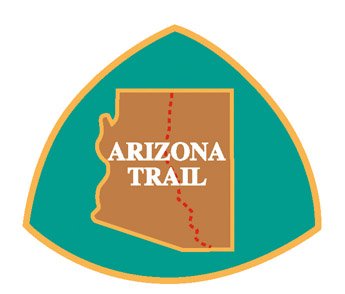 |
The Arizona National Scenic Trail (ANST) traverses the Arizona from Mexico to Utah. The ANST is intended to be a primitive, long distance trail that highlights the state's topographic, biologic, historic, and cultural diversity. |
Continental Divide National Scenic Trail
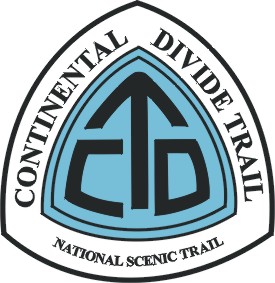 |
The Continental Divide National Scenic Trail (CDNST) traverses the Rocky Mountains from Canada to Mexico. It navigates dramatically diverse ecosystems through mountain meadows, granite peaks, and high-desert surroundings. The nature and purposes of the CDNST are to provide for high-quality scenic, primitive hiking and horseback riding opportunities, as well as to conserve natural, historic, and cultural resources along the CDNST corridor. |
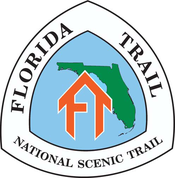 |
The Florida National Scenic Trail (FNST) extends from Big Cypress National Preserve in South Florida through Florida's three national forests to Gulf Islands National Seashore in the western panhandle. The FNST passes through America's only subtropical landscape as well as globally significant scrub and longleaf pine ecosystems. |
Pacific Crest National Scenic Trail
 |
The Pacific Crest National Scenic Trail (PCNST) spans California desert valleys to Northwestern rain forests, exposing hikers and equestrians to a wide variety of climate and terrain. It crosses California, Oregon, and Washington, with starting points at the Mexican and Canadian borders. The PCNST has the greatest elevation change of any of the National Scenic Trails, from near sea level to the crest of the Sierra and Cascade mountain ranges. |
Pacific Northwest National Scenic Trail
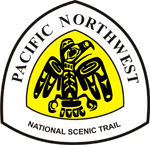 |
The Pacific Northwest National Scenic Trail (PNNST) extends from the northern Rocky Mountains to the Pacific Ocean. The PNNST is intended to be a primitive, long distance trail that offers a variety of back-country scenery and outdoor adventure. |
Nez Perce (Nee Me Poo) National Historic Trail
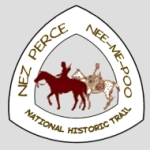 |
The Nez Perce National Historic Trail commemorates the flight of the Nez Perce Indians from their homeland in the Pacific Northwest to Canada to escape capture by the U.S. military. Using an indirect escape route as dictated by terrain and strategy, the Nez Perce passed through four states and traveled from Wallowa Lake, Oregon, to the Bear Paw Battlefield near Chinook, Montana. |
National Trails General Information
The National Park Service "Visit the Trails" webpage lists all of the National Scenic and Historic Trail websites. A map of the National Trails System is available here.
The Partnership for the National Trails System (PNTS)
 |
The Partnership for the National Trails System (PNTS) is a nonprofit organization charged with supporting the network of public and private stewards of the 30 National Scenic and Historic Trails. The PNTS strengthens the relationships between nonprofit organization members and federal agency partners to further the protection, completion, and stewardship of the National Trails System through communications, outreach, advocacy, and program development. |
The Partnership for the National Trails System (PNTS) provides a variety of services to support the National Scenic and Historic Trails:
· Legislative & public policy advocacy on behalf of the National Trails System as a whole to maintain and increase public funding for the trails and other national scenic and historic resources;
· Digital Communications services liking federal agency and nonprofit partners, including a PNTS website (www.pnts.org) with partner organization listings/links, outreach materials, an interactive National Trails System map, E-Newsletters and emailed Action Alerts
· Print Communications Services, including Pathways Across America, (the quarterly newsletter of the PNTS), the “Youth Programs on the National Trails System”, the “Gold Sheet” of system-wide volunteer hours and contributions on behalf of the National Scenic and Historic Trails, and other reports
· Annual Conferences/Workshops for networking and idea sharing between the public and private partners of the National Trails System (conference and workshop years alternate).

